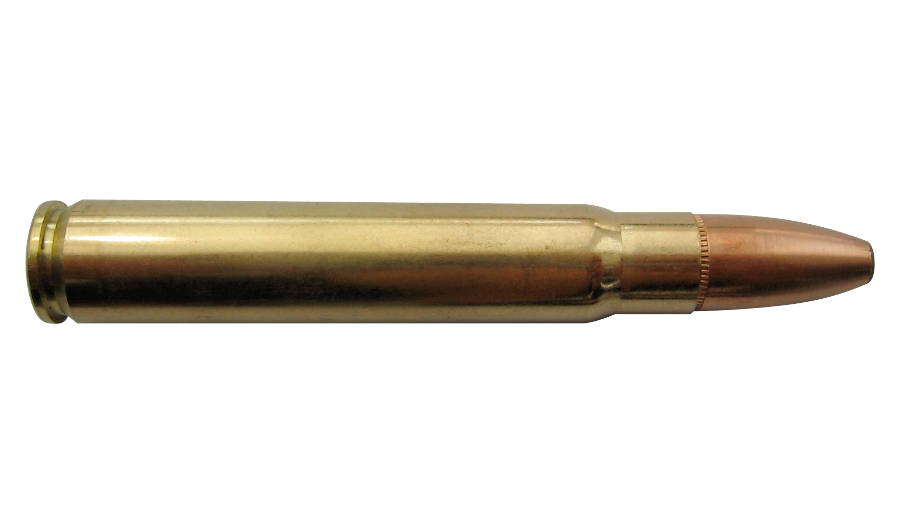The 9.3x62mm Mauser has been around for over a century, but only in the last 5-10 years has it begun gaining a greater foothold in the United States. The cartridge was originally developed for use by European colonists in Africa, allowing them to use their Mauser rifles to harvest just about any game on the continent. Even today, many countries that normally would require a .375-class cartridge to take the Big Five (lion, leopard, rhino, elephant, Cape buffalo) will make an exception for the 9.3×62, so highly is it regarded.
The 9.3x62mm Mauser originally featured a .366”-inch 286-grain bullet traveling at 2,150 feet per second, producing around 3,000 foot-pounds of muzzle energy. Modern loadings feature that same bullet traveling at 2,300 to 2,400 feet per second, for over 3,500 foot-pounds of muzzle energy. That makes it capable of taking any game in North America.
Modern bullet selection has improved too, and the 9.3×62 now can be loaded with bullets ranging in weight from 232 to 320 grains. With that versatility, the cartridge can become a viable medium-range cartridge for taking plains game at 200-300 yards, while still retaining the power of a stopping cartridge for dangerous game up close.
The 9.3×62 has been called the European .35 Whelen, and the two cartridges certainly share many similarities. With the increased availability of modern 9.3×62 rifles such as the CZ 550 in the United States, as well as the importation of older sporting rifles from Sweden and continental Europe chambered in 9.3×62, the cartridge has seen a surge in popularity in the past decade.
More manufacturers are producing 9.3mm bullets, with Nosler, Hornday, and Speer all featuring bullets intended for the 9.3×62, making handloading an easier proposition too. Brass is readily available from numerous manufacturers too, meaning shooters no longer have to try to form brass from .30-06 or .35 Whelen cases. That’s a good thing, as Otto Bock didn’t rely on standard Mauser cases to design the 9.3×62. Forming brass from virgin .30-06 cases could result in brass stretching too much near the web area, not what you want to have happen with such a powerful cartridge.
Rifles chambered in 9.3×62 aren’t as commonly available as those in .308 Winchester, for instance, but they’re still available. While the 9.3×62 may be overkill for many uses, those in the West who face the possibility of needing something to take large game, or those who need something with more punch than standard long-action rifle cartridges could be well served in a survival situation by the 9.3×62.
Image: Wikipedia
This article was originally posted on Red Tea News.





